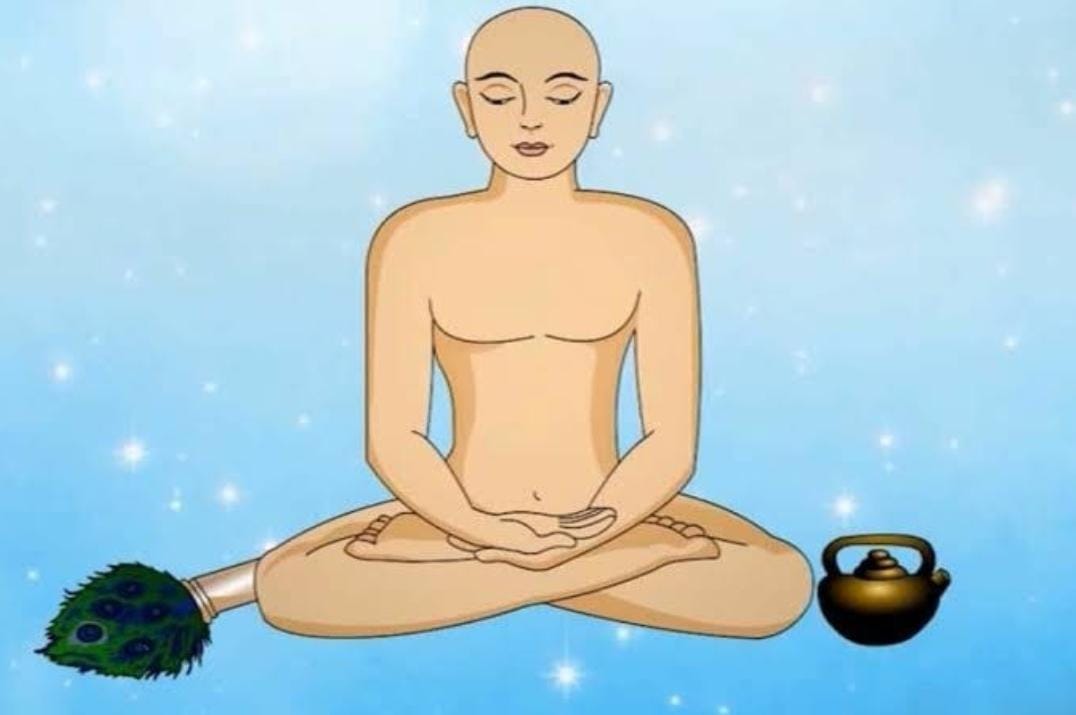|
ŇöramaŠĻáa
A ''ŇõramaŠĻáa''; ; ; ; ) is a person "who labours, toils, or exerts themselves for some higher or religious purpose" or "seeker, or ascetic, one who performs acts of austerity".Monier Monier-Williams, ŗ§∂ŗ•ćŗ§įŗ§ģŗ§£ ŇõramaŠĻáa, Sanskrit-English Dictionary, Oxford University Press, p. 1096 The ŇõramaŠĻáa tradition includes primarily Jainism, Buddhism, and others such as the ńÄjńęvika. The ŇõramaŠĻáa religions became popular in the circles of mendicants from greater Magadha that led to the development of spiritual practices, as well as the popular concepts in all major Indian religions such as ''saŠĻÉsńĀra'' (the cycle of birth and death) and ''moksha'' (liberation from that cycle).Flood, Gavin. Olivelle, Patrick. 2003. ''The Blackwell Companion to Hinduism.'' Malden: Blackwell. pp. 273‚Äď274. The ŇöramaŠĻáic traditions have a diverse range of beliefs, ranging from accepting or denying the concept of Soul, fatalism to free will, idealization of extreme asceticism to that of f ... [...More Info...] [...Related Items...] OR: [Wikipedia] [Google] [Baidu] [Amazon] |
Buddhism
Buddhism, also known as Buddhadharma and Dharmavinaya, is an Indian religion and List of philosophies, philosophical tradition based on Pre-sectarian Buddhism, teachings attributed to the Buddha, a wandering teacher who lived in the 6th or 5th century Before the Common Era, BCE. It is the Major religious groups, world's fourth-largest religion, with about 500 million followers, known as Buddhists, who comprise four percent of the global population. It arose in the eastern Gangetic plain as a movement in the 5th century BCE, and gradually spread throughout much of Asia. Buddhism has subsequently played a major role in Asian culture and spirituality, eventually spreading to Western world, the West in the 20th century. According to tradition, the Buddha instructed his followers in a path of bhavana, development which leads to Enlightenment in Buddhism, awakening and moksha, full liberation from ''DuŠł•kha, dukkha'' (). He regarded this path as a Middle Way between extremes su ... [...More Info...] [...Related Items...] OR: [Wikipedia] [Google] [Baidu] [Amazon] |
Greater Magadha
Greater Magadha is a theory in the studies of the ancient history of India, introduced by Johannes Bronkhorst. It refers to the non-Vedic political and cultural sphere that developed in the lower Gangetic plains (modern day Bihar, Eastern Uttar Pradesh and West Bengal), east of the Vedic heartland and roughly corresponding to the region of the later Magadha empire. According to Bronkhorst, out of the ideological opposition between these two cultural spheres ‚Äď the Vedic realms of Kuru and Panchala in the west, and ŇöramaŠĻáa of Greater Magadha in the east ‚Äď developed the two main religious & spiritual ideologies of Ancient India. Critics have questioneded Bronkhorst's assertion of a stark cultural division between East and West, as well as his claim that early Magadha was less influenced by Brahmanization. Overview The concept was developed in a book by the Indologist Johannes Bronkhorst. The concept of the cultural region of "Greater Magadha" extends well beyond th ... [...More Info...] [...Related Items...] OR: [Wikipedia] [Google] [Baidu] [Amazon] |

